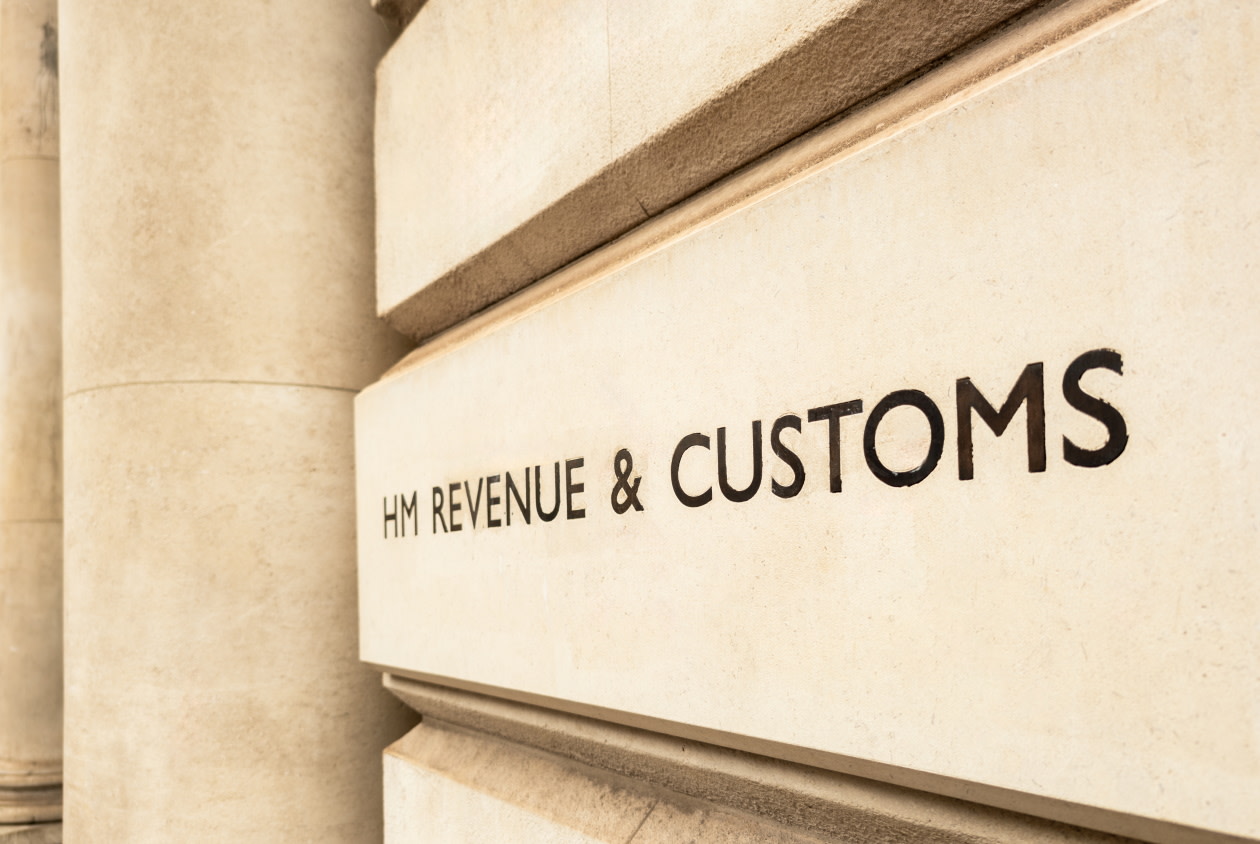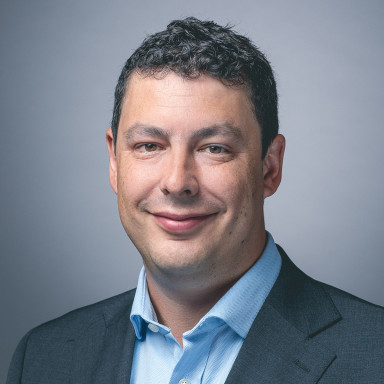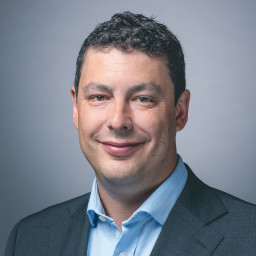As part of Rachel Reeves’ £40bn increase in taxes, in the latest Autumn Budget the chancellor confirmed an immediate capital gains tax (CGT) hike.
Reeves confirmed that the lower rate of CGT will rise from 10% to 18% and the higher rate from 20% to 24%.
That means you could now pay more CGT on any profits from selling assets, including shares.
You’ll still have your £3,000 CGT allowance which you can take advantage of.
But, what else can investors do?
One way to help manage how much CGT you pay on your investments is to invest in multi-asset funds.
These are funds that invest in more than one asset class. This is usually a combination of shares, bonds, alternative investments and cash.
There are lots of different types of multi-asset funds available, which cater for lots of different investor preferences. There are also lots of different approaches, from highly complex funds that use derivatives to generate returns, to more simple funds that focus mainly on shares and bonds.
How can multi-asset funds help when it comes to CGT?
Investors who want to have a diversified portfolio without using multi-asset funds will likely have more funds in their portfolio.
For example, to replicate the exposures provided by a single multi-asset fund invested in shares, bonds and commodities, investors would need at least three funds (in reality, most investors would hold more).
The amounts invested in those three funds needs to be managed so that the balance of the overall portfolio doesn’t dramatically change over time. This naturally results in investors trading more than they would if they used multi-asset funds.
Therefore, investing the core of a portfolio into multi-asset funds for the long-term means that most investors will have to make fewer changes to their portfolios over time. Less trading means fewer realised gains and losses, which makes it easier to manage any CGT liabilities.
How to use multi-asset funds within an investment portfolio?
Multi-asset funds usually provide a lot of diversification.
This means that they can be used as a core to an investment portfolio.
Investors can then choose to add other funds, shares or bonds to their portfolio to give them some more specific investments and greater control over where their money’s invested.
The benefit of using a multi-asset fund as the core of an investment portfolio is that it should be a long-term holding.
These funds shouldn’t be as volatile as stock markets. Investors should trust the managers of these funds to adjust which regions and asset classes they’re invested in to achieve the fund’s objectives.
For example, if the fund manager thinks that bonds are offering more value than shares, they can increase the amount invested in bonds and reduce the amount in shares.
Similarly, if they think that the UK stock market is offering more value than the US or Europe, they can move some of the fund into UK shares and reduce holdings in the US or Europe.
Investors in the funds therefore benefit from the skill and expertise of the fund managers. This also means that investors don’t have to worry as much about this part of their portfolio compared to other, less diversified investments they might have.
As we dive deeper into the 2024 Autumn Budget changes, there will be plenty more to come.
To make sure you don’t miss out on what all this means for you and your money, sign up to our Editor’s Choice email.
Should investors just buy a single multi-asset fund then?
The short answer is no.
All investment funds come with risk. But by investing in multiple funds, individual fund risks are reduced. That’s because each individual fund is a smaller part of the investor’s overall portfolio.
Investing in more than one multi-asset fund also means investors can blend different manager investment styles. This provides even more diversification overall.
We think that investing in a few multi-asset funds is a great way to create the core of an investment portfolio.
You should understand the specific risks before investing, and make sure any new investment forms part of a diversified portfolio.
This isn’t personal advice. All investments and any income from them can rise and fall in value, so you could get back less than you invest. Remember, tax rules can change and will depend on personal circumstances. If you’re not sure an investment is right for you, ask for financial advice.
3 multi-asset fund ideas
Troy Trojan
Sebastian Lyon and Charlotte Yonge like to keep things simple. They aim to shelter investors' wealth just as much as grow it.
Rather than trying to shoot the lights out, the fund aims to grow investors' money steadily over the long run, while limiting losses when markets fall.
It tries to experience less ups and downs than the broader global stock market or a portfolio that's mainly invested in shares.
The fund is focused around four 'pillars'.
The first contains large, established companies Lyon and Yonge think can grow sustainably over the long run, and endure tough economic conditions. Although the fund hasn’t had much exposure for several years, the manager has the freedom to invest in higher-risk smaller companies.
The second pillar is made from bonds, including US index-linked bonds, which could shelter investors if inflation rises. Some of the fund is also invested in traditional UK government bonds (gilts).
The third pillar consists of gold-related investments, including physical gold, which often acts as a ‘safe haven’ during times of uncertainty.
The final pillar is ‘cash’. This provides important shelter when markets stumble, but also a chance to invest in other assets quickly when opportunities arise.
The managers have tended to focus on companies based in developed markets, like the US and UK. This includes some of the world's best-known companies with highly recognisable brands.
While the fund contains a diverse range of investments, it’s concentrated. This approach means each investment can contribute significantly to overall returns, but it can increase risk.
We think the fund could form the foundation of a broad portfolio, bring some stability to a more adventurous portfolio, or provide some long-term growth to a more conservative portfolio.
Baillie Gifford Sustainable Income
We think the Baillie Gifford Sustainable Income fund is a good option for investors who want income and are prepared to take the risks that come with investing in shares.
Its ‘neutral’ asset allocation includes around a third invested in shares, a third in infrastructure and property, and another third in bonds.
The investments in infrastructure and property are usually through investment companies, which means around two thirds of the fund is typically invested in shares.
It’s managed by a number of experienced individuals at Baillie Gifford and because of the diversification within the fund it naturally draws on the expertise of lots of investors at the company.
The income bias of the fund tends to give it a different performance profile compared to many peers who are focused on growth. But accumulation units are available too for those investors who don’t need any income.
We think the fund could provide a foundation to a broader portfolio. It could also provide diversification to a portfolio focused on growth or provide some growth potential to a more conservative portfolio.
The fund invests in emerging markets, high yield bonds and derivatives, all of which add risk. It also takes charges from capital which can increase the income paid, but reduce the potential for capital growth.
Please note that this fund holds shares in Hargreaves Lansdown plc.
BNY Mellon Multi-Asset Balanced
The manager of this fund, Simon Nichols, has over 25 years’ experience in the investment industry and took over management of this fund in 2017.
He’s managed another fund in a very similar way since 2013, so he has plenty of experience in managing multi-asset funds.
He typically invests around 75% in shares, 20% in bonds and 5% in cash.
The shares part of the fund focuses on the US, UK, and Europe. The bonds part of the fund tends to focus on developed market government bonds like the US or the UK.
The fund invests a fair amount in shares with a focus on capital growth rather than income. That means this fund tends to be more volatile than other multi-asset funds that are invested with a more defensive mindset.
The manager can invest in emerging markets, smaller companies, high yield bonds and derivatives, which add risk if used.
Receive expert fund insights direct to your inbox every week, including research, investment articles and in-depth sector reviews.



